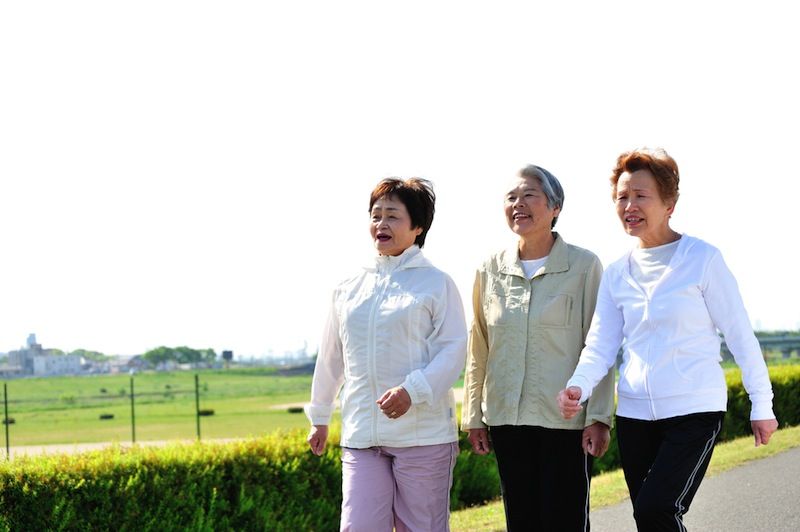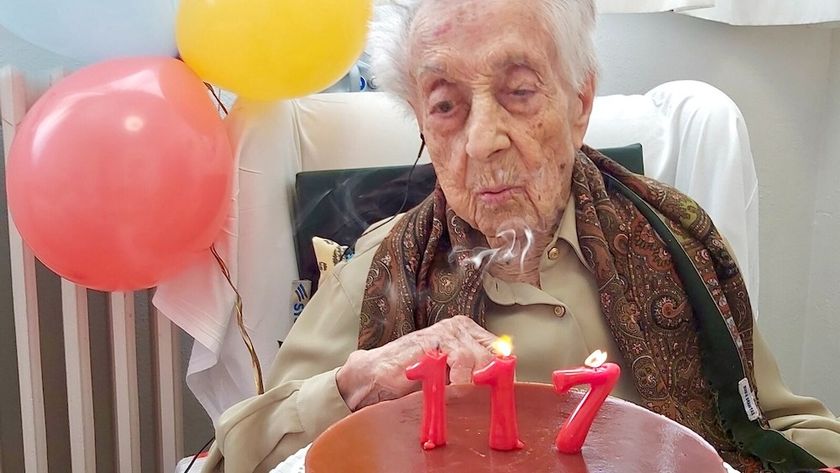Exercising May Bolster Your Brain Wires in Old Age

People who stay physically active into old age may be improving their brain health by preventing a decline in the brain's white matter, a new study suggests.
The white matter is composed of fiberlike parts of brain cells that enable communication between brain regions.
"We hope that this will encourage people to take better care of their brains by being more active," said study co-author Agnieszka Burzynska, a researcher at the University of Illinois. [8 Tips for Healthy Aging]
In the study, 88 people between ages 60 and 78 who had low cardiovascular fitness but were otherwise healthy wore accelerometers for a week to track their daily physical activity, as well as how much time they spent sitting. Older adults are recommended to do at least 150 minutes of moderate exercise (or 75 minutes of vigorous exercise) per week.
The researchers examined the brain scans of the participants to look at how structurally sound the white matter was. One way they did this was by looking for lesions called "white matter hyperintensities," which are common in older people.
The results showed that the more people engaged in moderate or vigorous exercise, the fewer white-matter lesions they had.
The findings may explain why researchers have found links between exercising and better cognitive function among people of older ages in previous studies. The new results suggest that increasing physical activity and avoiding a sedentary lifestyle could be beneficial for brain health, the researchers said.
Sign up for the Live Science daily newsletter now
Get the world’s most fascinating discoveries delivered straight to your inbox.
The researchers also found that light physical activities, such as housework and gardening, was related to how structurally sound people's white matter was in some parts of the brain. The more people engaged in light physical activities, the more structurally sound their white matter was in the temporal lobe, a part of the brain that lies behind the ears and is involved in memory and language.
In contrast, the more time people spent sitting, the more they showed lower structural soundness in the white-matter tracts connecting the hippocampus, a brain area important for learning and memory, according to the study published Sept. 17 in the journal PLOS ONE.
The link held even when the researchers adjusted the results for participants' age, gender and fitness level.
It's not entirely known how exercising may protect the aging brain from wear and tear, the researchers said. But it is possible that fitness and physical activity counteract the age-related vascular changes that are involved in the development of white-matter lesions, they said.
Email Bahar Gholipour. Follow Live Science @livescience, Facebook & Google+. Originally published on Live Science.













